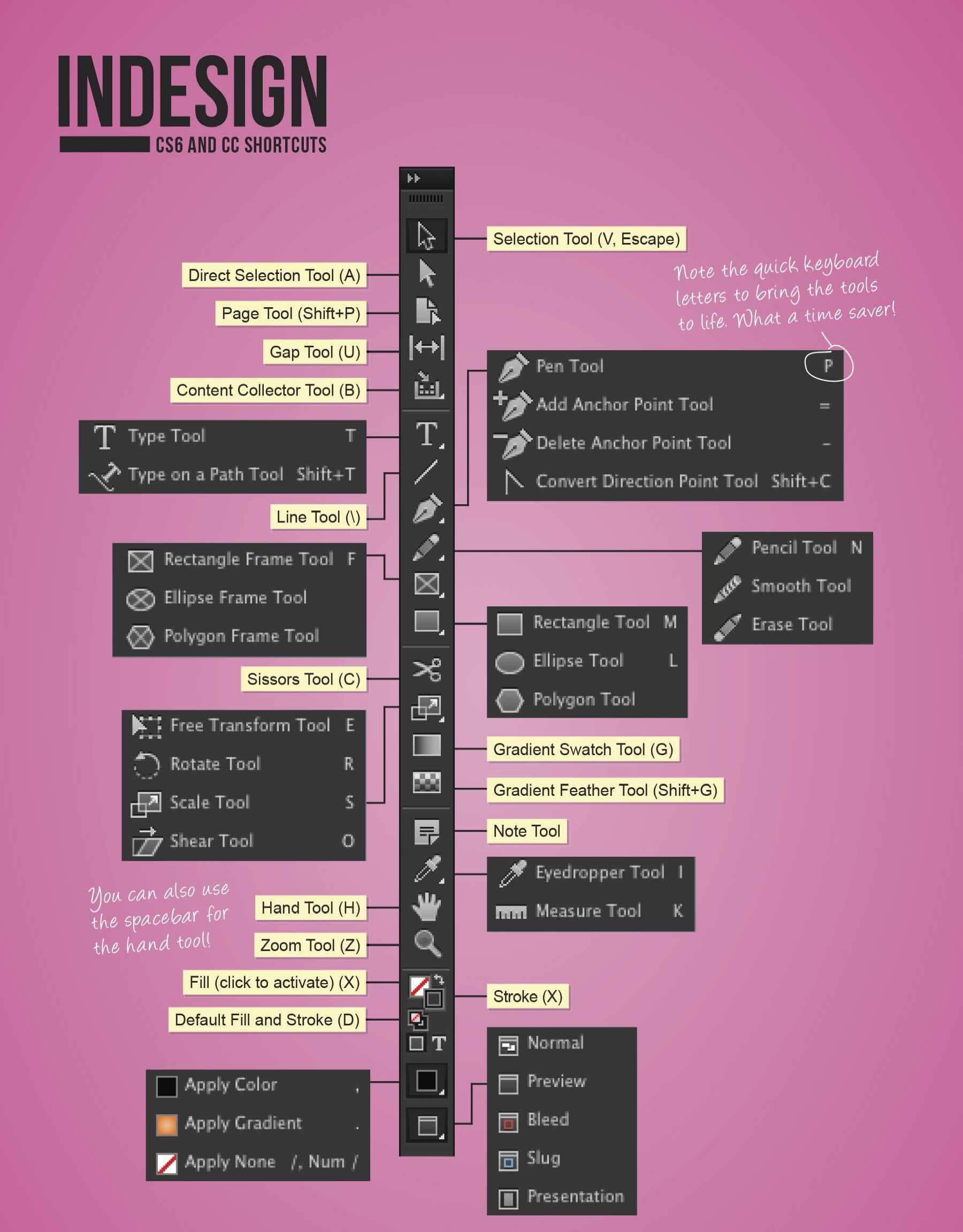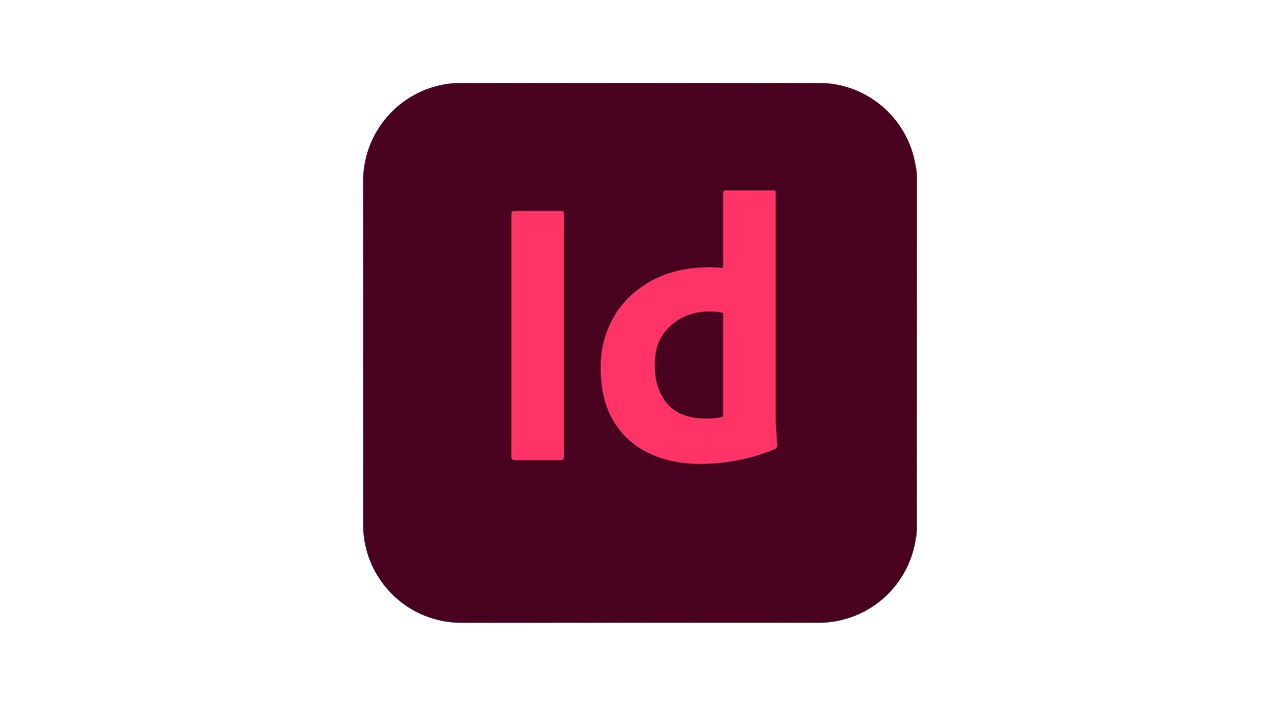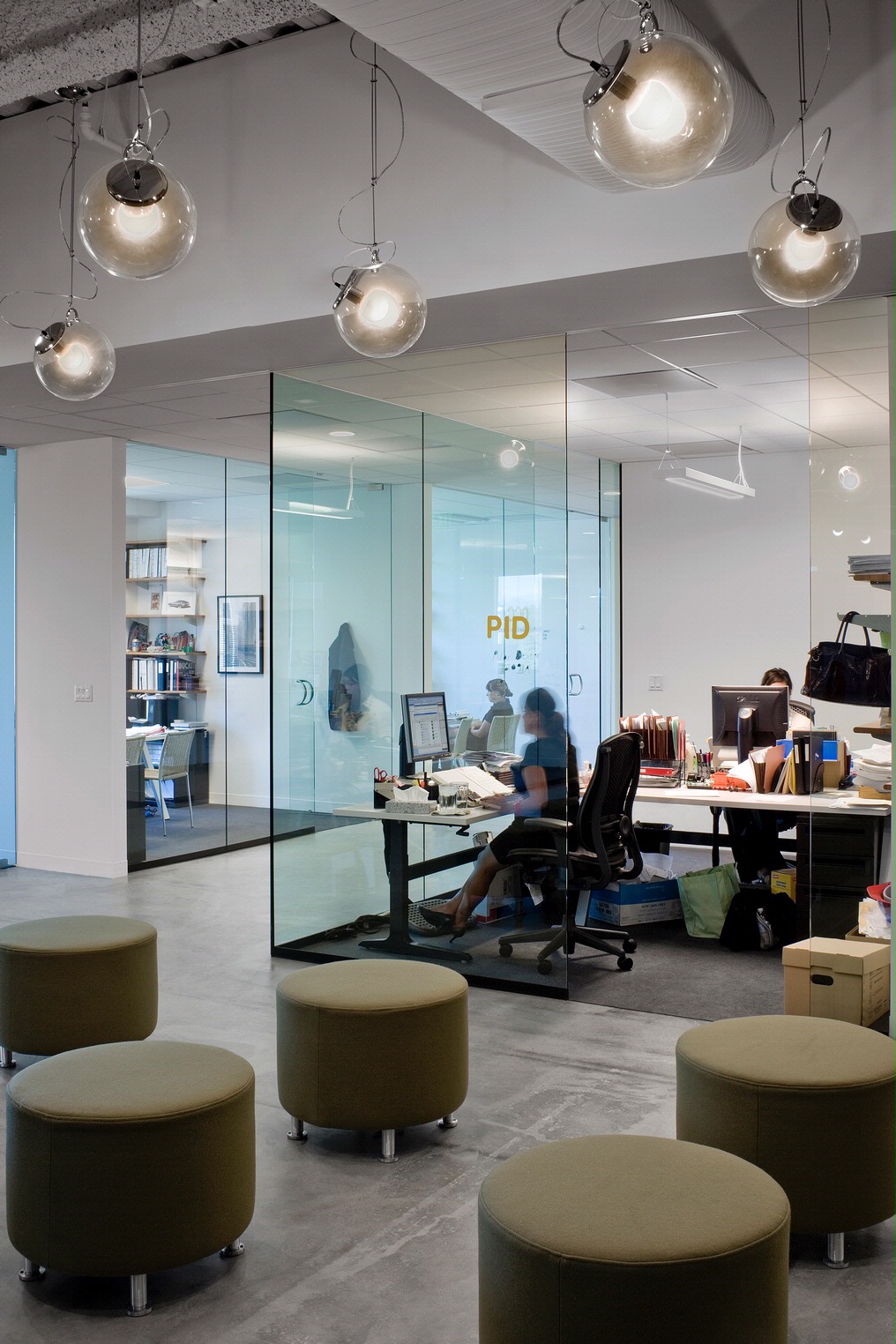While InDesign has always been the print designer’s tool of choice for creating print books and magazines, the newer CC incarnation of InDesign is also ideally suited for creating eBooks and eMagazines. You can create both fixed-layout and reflowable EPUBs in InDesign (read up on the difference between these here), without the need to write code.
Adobe InDesign has stunning potential and features that strengthen project layouts. Focus on learning the ins and outs to succeed with future design schemes. The following is a complex breakdown of the basic and advanced InDesign functions.
- Customized savings - we wouldn’t have it any other way! We support all versions of Adobe Lightroom, old and new. Offering custom sizes without branding and awesome prices (including bulk discounts!) on your photo book printing wasn't enough.
- InDesign is the industry-leading layout and page design software for print and digital media. Create beautiful graphic designs with typography from the world՚s top foundries and imagery from Adobe Stock. Quickly share content and feedback in PDF. Easily manage production with Adobe Experience Manager.
- InDesign is comprehensive software that is made to design requirements for diverse domains of Multimedia Industry. InDesign’s well structured and handy features can come to use for newspapers, books, newsletters, magazines, advertisements and the best for the publishing industry.
- InDesign is the industry-standard publishing app lets you design and publish high-quality documents across a full spectrum of digital and print media.
What is InDesign?
Adobe InDesign is a software tool used to create extensive print and digital projects, including things like newspapers, books and brochures. InDesign is typically used by graphic designers, though it’s not uncommon for marketers to use the tool as well.
The standard file format for InDesign is the INDD – the official InDesign file extension. Anytime a project is saved with InDesign, it will be in the form of INDD. Adobe InDesign is highly accessible, programmed to work for users on both the Mac and Windows operating systems.
InDesign basics
Adobe InDesign creates some of the most eye-catching brochures, posters and business cards. InDesign projects fascinate audiences in both digital and print formats. This desktop publishing software creates a wide array of content involving detailed design and graphics. Organizations, artists and graphic designers all need to understand the InDesign basics.
Adobe InDesign software is operational on both Windows and Mac operating systems. It quickly imports many common image file types. InDesign is optimal when creating projects with multiple pages. Take note of the basic ideas of the software to gauge how you could create beautiful, professional designs.
Important advanced features



Complex functions improve content and design professionalism. Learn the intricacies of Adobe InDesign to ensure project success and fulfill design campaigns. Examining specific functions of the software is a great start to improve project design. The following are three crucial features advanced users habitually reference:
- Master Page Function. If a project requires a multi-page design publication, the default software should be InDesign. This is due to the fact it automatically numbers pages and provides the master page function. This allows users to edit numerous pages using a single edit.
- Resizing Content in Frames. A vital part of InDesign is resizing content. Furthermore, learning to change the size of content separate from frame size is a big help to completing projects. Make sure you resize content to maintain integrity of images and alter publications correctly.
- Utilize Integrations. There’s a possibility that systems you already use have an integration feature with Adobe InDesign. Canto’s digital asset management, for example, allows direct links from InDesign to a digital asset management library. Investigate integrations such as these further to simplify projects.
Explore these elements and add them to your repertoire to advance InDesign projects. Though these are crucial functions of advancing familiarity with InDesign, they’re only the beginning of a continuous process to master the system.
When to use InDesign
Pinpoint the campaigns that use the InDesign file extension ahead of time by learning which specific tasks are best completed using the InDesign system. The key thing to keep in mind is design with large amounts of text are the specialty of InDesign. This creates a blanket of publications that should be completed using the software, including things like books, posters and magazines.
Apple store for mac pro. When a project is multiple pages in length, Adobe InDesign should be the first software to use. As explained earlier, it works great with multi-page projects because of the auto-numbering and master page functions.
Gain a good foundation of knowledge for Adobe InDesign to kick start your future design campaigns. Begin adding valuable features to projects by understanding this important system.
Adobe InDesign is a popular tool that offers a large variety of helpful tools to complete important projects. It can appear pretty daunting at first for new users, which is why it’s so important to get down a few basics before you get started. This guide will give you what you need to know in order to create projects effectively.
What is Adobe InDesign and what is it used for?
Adobe InDesign is an important program for the creation of numerous digital prints. It allows users to manage and build a wide range of different design formats. InDesign is commonly used for visual layouts, like newsletters and flyers. The InDesign file extension, INDD, is the extension in which the program saves its projects. Most of the tools within this popular software program are meant to propel team collaboration. This is particularly evident with its integrations, which allow users to quickly share different content and graphics throughout a project.
Adobe InDesign is most often used for handling the aesthetics of professional projects, campaigns and presentations. It is known for its ability to effectively build digital publications, ebooks and other multimedia documents. The most common reason for using InDesign is its layout features, which give users the chance to control the overall outcome of a design project much better.
How to create and save a document
Creating a new document and saving a document are the two most basic things to know when learning InDesign. Remember to save your project periodically to ensure you don’t lose a lot of hard work accidentally. The first thing you’ll need to do is load Adobe InDesign. This will bring you to the welcome screen. Click the ‘Create New’ button on the left side of the screen. An options screen will present itself. At the top, there are three different tabs: ‘Print’, ‘Web’ and ‘Mobile’. Select whichever category your project best fits into. Next, there is a page of presets to choose from. These indicate the way in which your new document will be created, such as its size. Click the blue ‘Create’ button in the bottom right hand corner once you’ve selected the settings you prefer.
Now that you have a new document to work with, it’s important to save it – here’s how. First, select ‘File’ then ‘Save As’. Alarm for your mac. Input the name you wish to give the file and then select the location on the computer where you want it saved. Click the ‘Save’ button and you’re all set. Continue working on the document and saving as often as you’d like.
How to add pages to an existing project
Information About Adobe Indesign
This one is really important, since the layout of a project is one of the main reasons for using InDesign to begin with. Remember first that you’ll always be able to set the number of pages upon creating your project. Afterwards, however, it will take a different approach. In order to add pages to a current project, select ‘Layout’ then ‘Pages’ then ‘Insert Pages’. Now simply choose how many new pages you want introduced to the project.

Some basic, helpful tips to improve your InDesign experience
Here are some of the most necessary, basic things to understand in order to succeed in learning InDesign effectively:
How to add text
In order to add text to your project, look in the toolbox for the ‘Type’ tool and select it. Next, click and drag inside the document. Hover inside the text frame and type out whatever you’d like to add. You’ll be able to change things like text font and colors later.
How to zoom in on an object
Just like the ‘text’ feature, the ‘zoom’ option is inside the toolbox. Select it (it looks like a magnifying glass), then click the document to zoom in. Note that if you want to zoom out, you can through the ‘View’ menu, where there is a ‘zoom out’ option.
How to change colors
Adobe Indesign Free Download
This is the most complicated of these three basic features, but I will make it as easy as possible for you to understand. In the toolbox on the left, select the ‘selection’ tool, which looks like a computer mouse cursor. Then click the color you want to use. The most important thing to learn here is the difference between a ‘fill’ and a ‘stroke’. In a document, an object’s inside color is its ‘fill’, and the border color around it is its ‘stroke’. Simply click either ‘fill’ or ‘stroke’ from the menu on the right and select which color you want them to become.
What Is Adobe Indesign Definition
Learning how to use Adobe InDesign is a lot easier if you focus on a few basic areas. Learning the rest of the tools will come later. Once you have the fundamentals down, begin to branch out and explore the other tools available.
